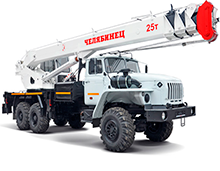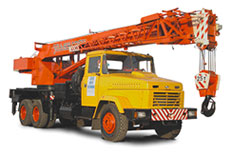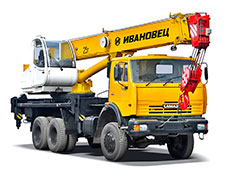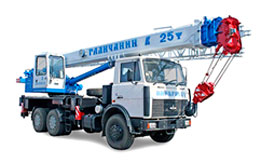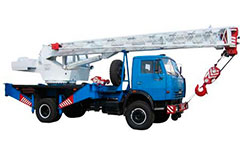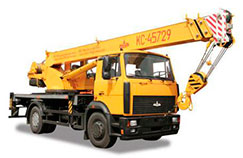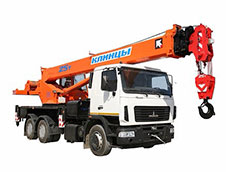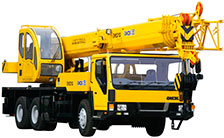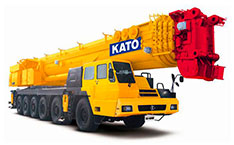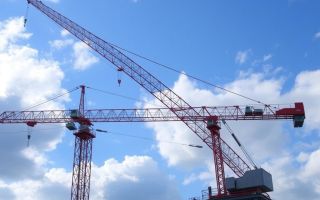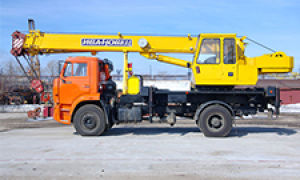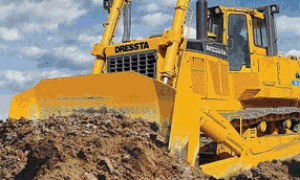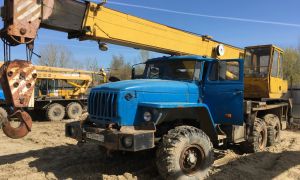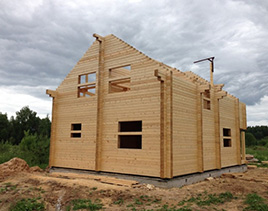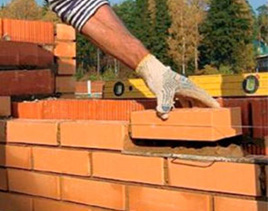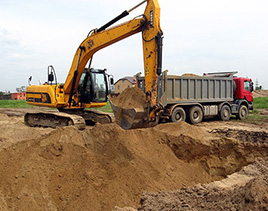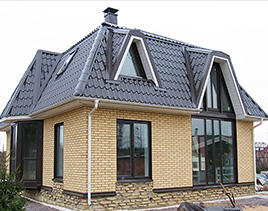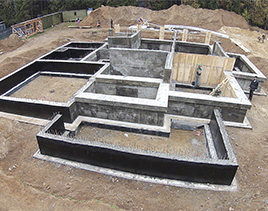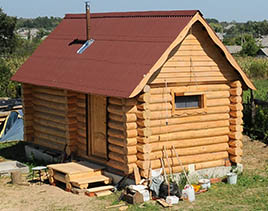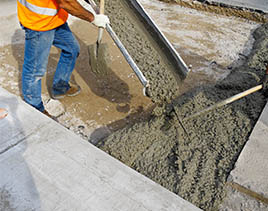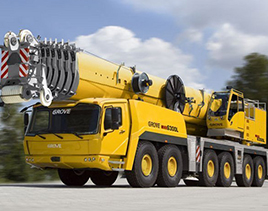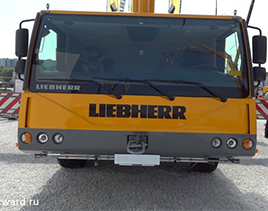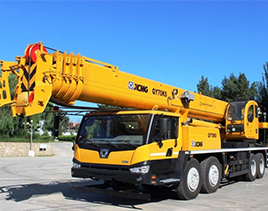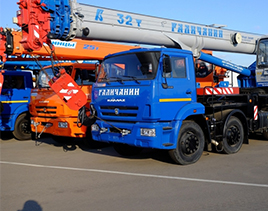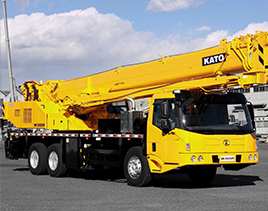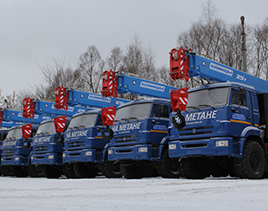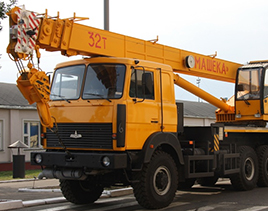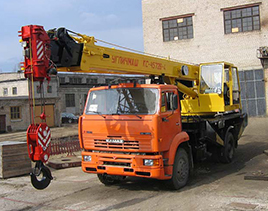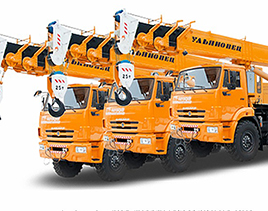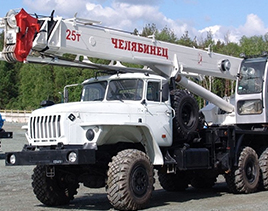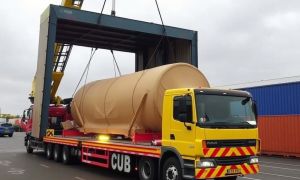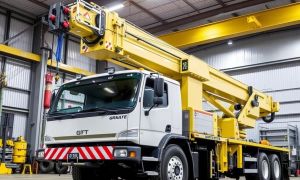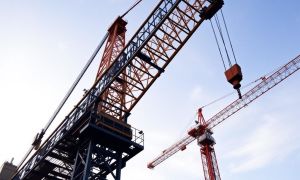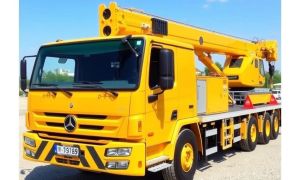Crane collapses are dramatic, often tragic events that capture headlines and provoke deep reflection within the construction industry. These towering machines are vital to modern construction, lifting heavy materials to great heights and enabling projects that define skylines and shape communities. Yet, when a crane fails, the consequences can be devastating—resulting in injuries, loss of life, and extensive property damage. By studying lessons learned from famous crane collapses, we gain invaluable insights into preventing future disasters, improving safety standards, and fostering a culture of responsibility on construction sites. This article will explore notable crane collapses, analyze the causes behind these failures, and highlight the key lessons that every construction professional should understand for safer operations.
Why Crane Safety Matters: An Introduction
Cranes are among the most complex pieces of machinery in the construction business. Their size, load capacities, and the precision required to operate them make them indispensable but inherently risky. Crane collapses are notable causes of construction accidents worldwide, often involving multifaceted issues such as mechanical failure, human error, environmental conditions, or poorly planned site logistics. Given these risks, crane safety is more than just a regulatory checkbox—it’s a critical factor that can define the success or failure of an entire project.
Understanding lessons learned from famous crane collapses starts with recognizing the balance that operators, engineers, and safety inspectors must maintain every day. It involves solid training, robust equipment maintenance, thorough planning, and adherence to best practices. Let’s dive into some of the most impactful crane failures in history and extract the lessons they have left behind.
Notable Crane Collapses and Their Causes
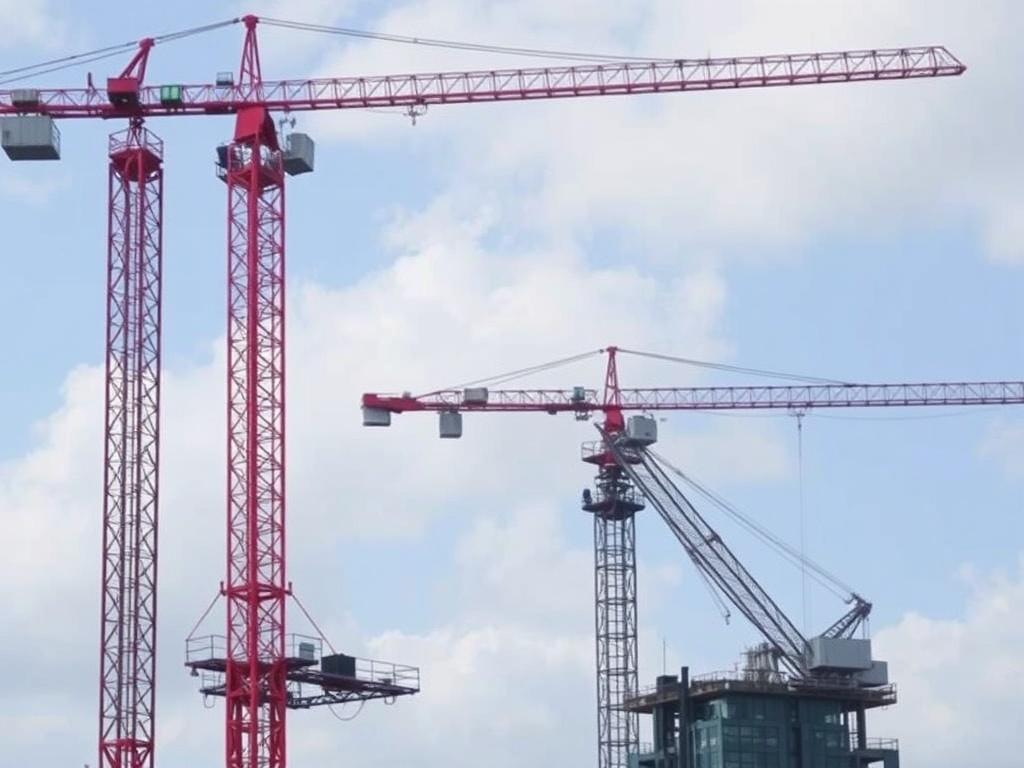
Examining specific crane collapse incidents provides a clear window into common risk factors. Here are three famous crane collapses that not only shaped construction safety protocols but also brought attention to the importance of vigilance.
The Millennium Tower Crane Collapse, London (2006)
In 2006, a tower crane at the Millennium Tower project in London dramatically collapsed, swinging wildly from the top of the adjacent buildings before crashing to the ground. Thankfully, the accident resulted in only a few minor injuries, but the event raised serious concerns about crane assembly procedures and site monitoring.
The investigation revealed several causes: faulty attachments, improper assembly by the crane crew, and failure to adequately secure the crane during high winds. This collapse emphasized the crucial nature of regular inspections and strict adherence to manufacturer assembly protocols.
The L’Ambiance Plaza Crane Disaster, Connecticut (1987)
One of the deadliest crane collapses in U.S. history occurred during the construction of the L’Ambiance Plaza in Bridgeport, Connecticut, when a one-ton crane section fell 12 stories to the ground, killing 28 workers and injuring more than a dozen. The tragedy was attributed to several design flaws, oversight failures, and too rapid a construction pace without sufficient safety checks.
Authorities found that the stabilization system was inadequate to control the crane’s load, and critical warnings about the crane’s condition were ignored. This case led to sweeping changes in crane design standards and construction site safety mandates.
The Shanghai Crane Collapse, China (2010)
In 2010, a crane collapsed amidst a heavy storm in Shanghai, causing multiple fatalities and widespread chaos on a busy construction site. The Chinese investigation revealed that the crane operators had failed to anticipate the extreme weather conditions, and emergency procedures were insufficient.
This collapse highlighted the importance of environmental risk assessments, weather monitoring, and the integration of emergency protocols to protect workers during critical situations.
Common Factors Behind Crane Failures
While each crane collapse has unique circumstances, patterns emerge that help us understand and mitigate future risks. The following key issues are often at the core of crane accidents:
- Poor Maintenance: Cranes require regular inspection and maintenance to function safely. Corrosion, worn parts, or hydraulic system failures can compromise stability.
- Operator Errors: Mistakes like overloading the crane, improper rigging, or lack of training may lead to dangerous situations.
- Inadequate Site Planning: Crowded or unstable ground conditions can cause cranes to lose balance, especially when lifting heavy loads.
- Weather Conditions: High winds, lightning, or storms can destabilize cranes, especially when operators ignore safety advisories.
- Structural Failures: Design flaws or incorrect assembly can weaken the crane, making it susceptible to collapse.
Steps to Prevent Crane Collapses: Best Practices and Guidelines
Taking lessons learned from famous crane collapses and embedding them into everyday practice is essential for risk mitigation. Below is a practical guide on the critical safety measures construction projects should adopt.
1. Comprehensive Training and Certification
Training crane operators and riggers should never be rushed or undervalued. Certification programs ensure that operators understand load charts, equipment limitations, and emergency procedures. Regular refresher courses can help maintain high skill levels and awareness.
2. Rigorous Inspection and Maintenance Schedule
Establishing well-documented inspection routines for every crane can catch potential issues before they escalate. Components such as cables, hooks, brakes, and hydraulic systems need frequent checks by qualified personnel. Maintenance records provide traceability and accountability.
3. Thorough Site Assessment and Planning
Before setting up a crane, developers must evaluate ground conditions, potential load paths, and proximity to other structures. Mobile and tower cranes require adequate space for counterweights and safe maneuvering. A detailed site plan minimizes unexpected hazards.
4. Weather Monitoring and Operational Adjustments
Construction sites should implement real-time weather tracking systems. Operators must be empowered to halt crane operations during adverse conditions such as high winds or electrical storms. Postponing lifts when weather is unfavorable reduces exposure to unnecessary risks.
5. Proper Assembly and Engineering Controls
Ensuring cranes are assembled according to manufacturer specifications and overseen by qualified engineers is fundamental. Any structural modifications must be reviewed and approved. Additionally, use load indicators and sensors to monitor live weight during lifts.
Understanding Regulations and Industry Standards
To safeguard construction sites, governments and industry organizations have implemented strict regulations governing crane use. Compliance with these standards is mandatory but also serves as a framework for promoting constructor safety.
Here is a brief table summarizing prominent standards and regulatory agencies that oversee crane operations globally:
| Regulatory Body | Region | Key Standard or Code | Focus Area |
|---|---|---|---|
| Occupational Safety and Health Administration (OSHA) | United States | 29 CFR 1926 Subpart CC | Safe operation, inspection, training |
| European Committee for Standardization (CEN) | Europe | EN 14439 | Cranes — Mobile and tower cranes safety |
| International Organization for Standardization (ISO) | Global | ISO 9927 | Inspection and maintenance |
| China Ministry of Housing and Urban-Rural Development (MOHURD) | China | GB/T 5031 | Crane design and manufacturing |
By adhering to these standards and updating site policies as technology evolves, construction companies bolster safety margins and reduce the probability of crane collapses.
Technological Advances Enhancing Crane Safety
Modern technology has greatly improved the ability to prevent crane collapses by providing enhanced monitoring tools and automation features. These innovations build on lessons learned from famous crane collapses in the past.
- Load Moment Indicators (LMI): These devices alert operators when a lift exceeds safe limits, preventing overloading.
- Anti-collision Systems: Radar and GPS technologies help cranes avoid collisions with other site equipment or structures.
- Remote Operation: Some cranes now allow operators to control machinery from safer distances, minimizing risk in hazardous environments.
- Real-Time Structural Monitoring: Sensors embedded in cranes provide continuous feedback on stress, wind speed, and stability.
These tools represent the integration of technology and safety—direct answers to the failures that have driven industry-wide reforms.
Creating a Culture of Safety: The Human Factor
No matter how efficient regulations and technology become, the human factor always plays a pivotal role in crane safety. Lessons learned from famous crane collapses repeatedly point to communication breakdowns, fatigue, and unsafe decision-making as major contributors to accidents.
Creating a culture of safety means encouraging workers from top management down to voice concerns without fear. It involves regularly holding safety briefings, rewarding safe behavior, and learning from near misses and minor incidents before they escalate.
A checklist for fostering a safety-driven environment includes:
- Encourage reporting of hazards and violations.
- Provide ongoing safety training tailored to roles.
- Schedule adequate breaks to prevent fatigue.
- Engage site leadership in daily safety walk-throughs.
- Implement clear emergency response plans.
This proactive approach helps transform safety from a rule enforcement exercise into a shared responsibility.
Conclusion
The detailed study of crane collapses throughout history offers profound lessons that shape safer construction practices today. These lessons emphasize the importance of well-maintained machinery, rigorous training, environmental awareness, strict adherence to engineering standards, and the integration of advanced technology. Equally vital is fostering a workplace culture that prioritizes communication, vigilance, and respect for safety protocols. By embracing the knowledge gathered from past failures, the construction industry can continue to evolve—building not only impressive structures but also a legacy of safety that protects workers and communities alike. Preventing crane collapses is a complex challenge, but with dedication to these principles, it is a challenge well within reach.

